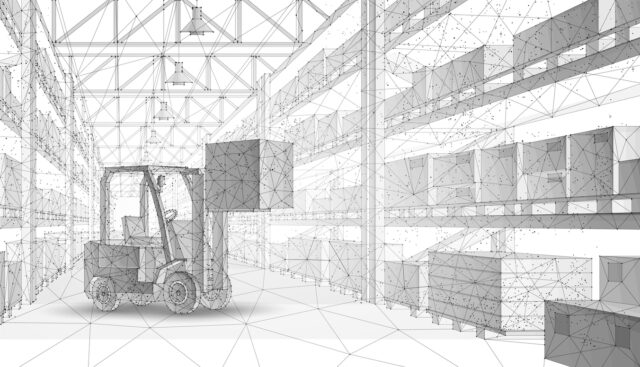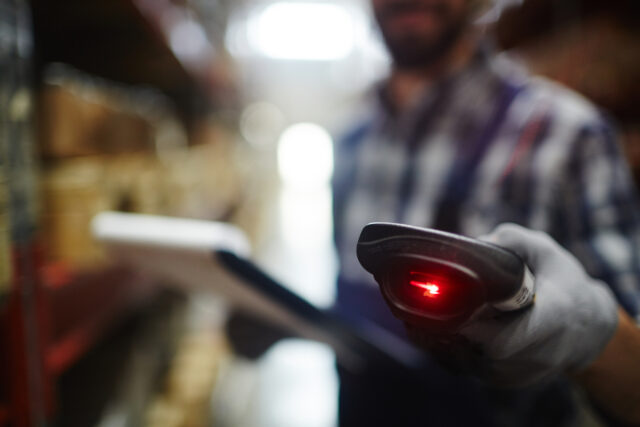The decarbonisation of global supply chains is a critical step towards holding back the worst effects of the climate crisis. A company’s supply chain typically accounts for between 65% and 95% of its carbon emissions.
Researchers at the National Renewable Energy Laboratory (NREL) have completed a pilot project. The project could provide a glimpse into what a carbon free supply chain might look like.
In collaboration with several industry partners, the NREL has demonstrated a working version of a zero operating emissions supply chain. The project’s has spent the past year moving goods from some of the US’ busiest ports to their final destinations. This was done without producing vehicle emissions—all while using today’s technology.
A zero-tailpipe emissions supply chain
The NREL’s project used battery-electric cargo handling equipment, heavy-duty hydrogen-powered trucks, and hydrogen refuelling stations to move goods from ports in Southern California to brick-and-mortar storefronts.
The program’s organissers hailed the project as providing one of the largest real-world demonstrations of clean goods movement to date.
“The Shore to Store project showed that clean goods movement is not a distant dream,” said NREL’s Jason Lustbader. Lustbader leads NREL’s advanced vehicles and charging infrastructure team and served as the project lead. “It is possible today, using today’s technologies.”
Step-by-step
Establishing an emissions-free supply chain is a complex process. The NREL pilot prgoram started with the point where goods are unloaded from overseas. The project’s scope began at a major port in Southern California. Here, the project operators integrated two electric-hybrid harbour cranes into the process. The addition of battery-electric yard tractors with new charging infrastructure for zero-emissions cargo handling complemented the loading cranes. These tractors worked alongside electric forklifts at a nearby Toyota Logistics Services warehouse, exemplifying emissions-free cargo movement.
The Shore to Store project featured a cutting edge fleet of 10 Class 8 hydrogen fuel cell-powered electric trucks. Kenworth Truck Company and Toyota Motor North America worked together to deliver the fleet. UPS, Toyota Logistics Services, Total Transportation Services Inc., and Southern Counties Express shared the running of the vehicles.
Refuelling took place at two new high-capacity hydrogen stations in Wilmington and Ontario, California, built by Shell, along with an existing station at Toyota Logistics Services at the Port of Long Beach. This trio of stations forms an integrated heavy-duty hydrogen fueling network in the Los Angeles Basin.
Barriers to decarbonisation aren’t insurmountable
The project aimed to highlight and overcome barriers that exist to operating zero emissions technology in the real world and address infrastructure challenges.
With the successful implementation of zero-emission vehicles and supporting infrastructure, the initiative supports carbon neutrality goals for participating entities. Jared Leventhal, Shell’s senior project manager for hydrogen mobility, emphasised Shell’s role as an infrastructure developer in realising this hydrogen mobility supply chain project.
Gene Seroka, executive director of the Port of Los Angeles, said that “the Shore to Store project provided invaluable lessons as we move toward decarbonizing the end-to-end supply chain. It’s clear that there is much more work to do in the areas of accelerating technology and making it commercially available at scale. But as we look forward, we’re grateful to our project partners for their efforts and to the NREL scientists who quantified its impact.”
- Digital Supply Chain
- Sustainability











